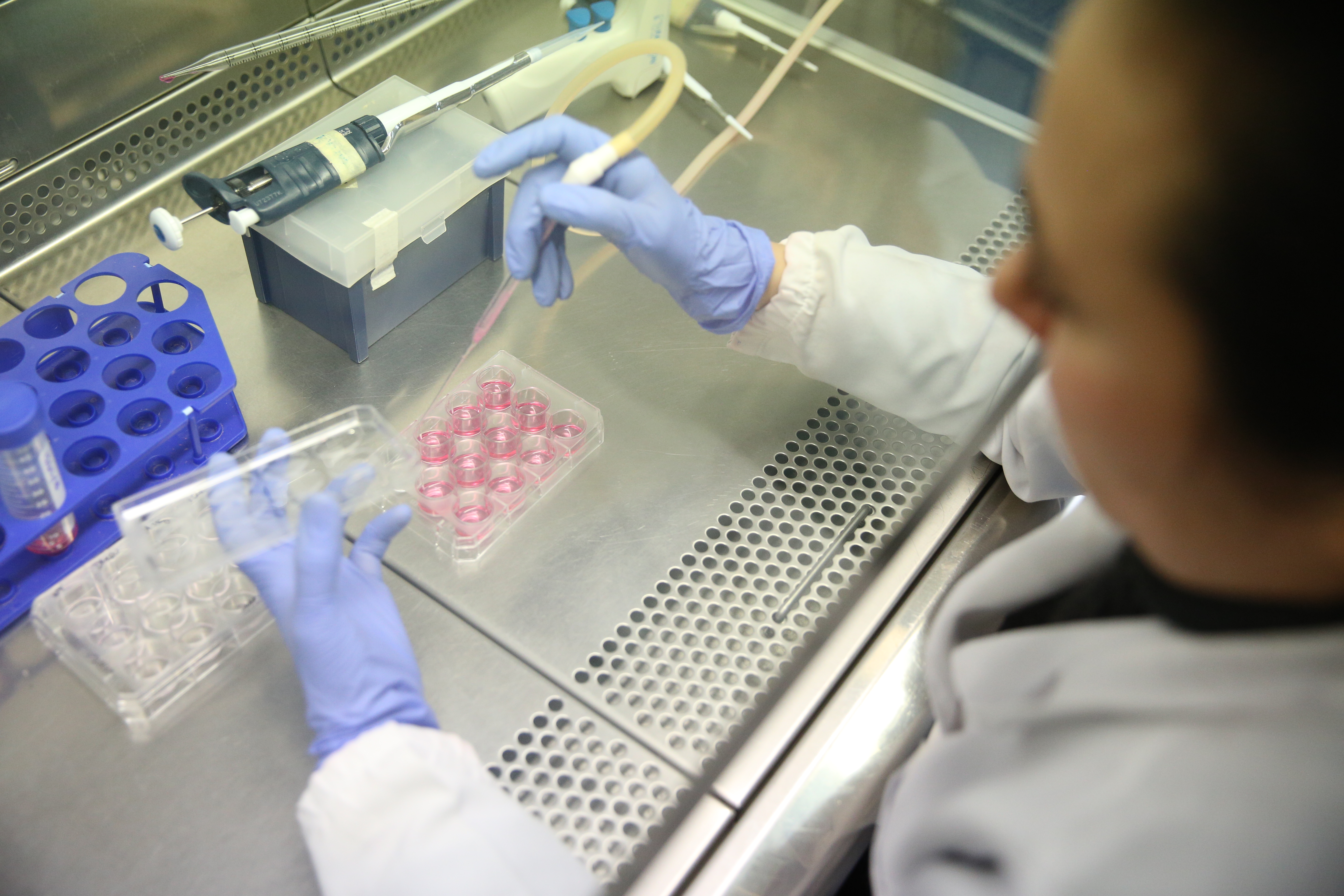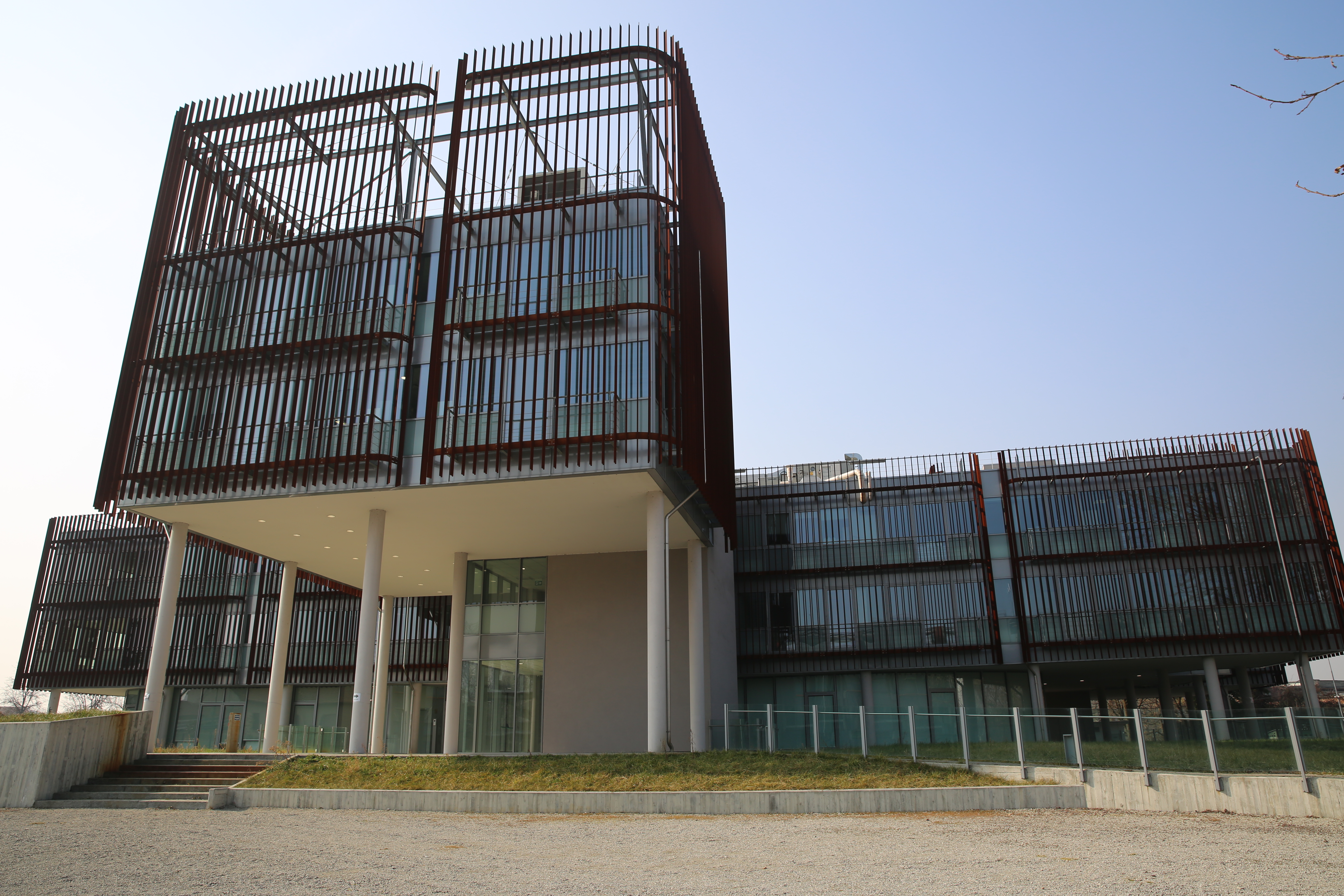Topics and goals
The aging population is slowly changing the epidemiological, social and economic perspectives of our society. As a result, public healthcare and welfare systems as well as scientific research must quickly adapt to meet new demands.
Fittingly, all our aging-related activities are conducted according to an interdisciplinary and translational approach, aiming to support research and education and foster public engagement.

Research on aging
In 2007, the European Commission issued a White Paper entitled “Together for Health: A Strategic Approach for the EU 2008-2013” stating that the main objective of European Union was that of “… fostering good health in an aging Europe.” In the same document, the European Commission also expressed the need to promote geriatric medicine by devising new research strategies on aging. Furthermore, the “Global Health and Aging” declaration by the World Health Organization (WHO) underscored the urgent need to promote aging research by stating that: “A better understanding of the changing relationship between health with age is crucial if we are to create a future that takes full advantage of the powerful resource inherent in older populations. To do so, nations must develop appropriate data systems and research capacity to monitor and understand these patterns and relationships, specifically longitudinal studies that incorporate measures of health, economic status, family, and well-being. And research needs to be better coordinated if we are to discover the most costeffective ways to maintain healthful life styles and everyday functioning in countries at different stages of economic development and with varying resources. Global efforts are required to understand and existing knowledge about the prevention and treatment of heart disease, stroke, diabetes, and cancer. Managing population aging also requires building needed infrastructure and institutions as soon as possible. The longer we delay, the more costly and less effective the solutions are likely to be.”
Research areas
Given the multifaced nature of aging, the AGING Project involves research encompassing four main areas closely intertwined with each other. These are summarized below.
Causes of aging
To understand why aging occurs, we are conducting a wide range of studies aimed to identify the biological and pathophysiological determinants of the aging process. For example, the molecular mechanisms triggering sarcopenia and frailty in the elderly are still poorly understood. In addition, the biological and environmental factors associated with brain aging in healthy subjects or patients with neurodegenerative diseases are yet to be determined.
The characterization of the mechanism regulating the aging process would not be sufficiently informative unless it is accompanied by studies directed toward understanding why some people age in a healthy way while others do not. This particularly challenging line of research also includes the analysis of individual and social factors associated with healthy aging.
Aging-related diseases
What are the causes of non-communicable diseases (NCDs) among aging individuals? Why do certain diseases mainly affect the elderly? How can we prevent their onset or slow down their progression? These are the fundamental research questions that we must answer before we can prodive guidelines for healthy aging. For instance, aging is regarded as the most critical risk factor for neurodegenerative diseases such as Alzheimer’s disease (AD), Parkinson’s disease (PD) and amyotrophic lateral sclerosis (ALS). In addition, aging increases the prevalence of cancer and autoimmune diseases associated with stem cell aging, hormonal alterations and aberrant functioning of the immune system.
Aging-related diseases
What are the causes of non-communicable diseases (NCDs) among aging individuals? Why do certain diseases mainly affect the elderly? How can we prevent their onset or slow down their progression? These are the fundamental research questions that we must answer before we can prodive guidelines for healthy aging. For instance, aging is regarded as the most critical risk factor for neurodegenerative diseases such as Alzheimer’s disease (AD), Parkinson’s disease (PD) and amyotrophic lateral sclerosis (ALS). In addition, aging increases the prevalence of cancer and autoimmune diseases associated with stem cell aging, hormonal alterations and aberrant functioning of the immune system.
The burden of aging with disability
Another important line of research of the AGING Project focuses on the socio-economic impact on society of an aging population. Our central hypotesis is that we can reduce the burden of aging exacerbated by the presence of disabilities by promoting healthy aging through prevention strategies and lifestyle medicine. This research area involves projects aimed to develop and probe interventions for the prevention and mitigation of age-related diseases and chronic conditions. We are also planning to assess the impact of these interventions using cost-effectiveness models.
Prevention programs and treatment strategies for the elderly
This research area deals with the development and effectiveness assessment of strategic interventions for the treatment, care and prevention of the elderly (i.e., relapses of chronic illnesses; risk prediction models and prevention of falls in the elderly; model of management of the frail elderly at home). These research projects should lead to the the identification of the best practices for the management of aging people. Furthermore, we plan to assess the feasibility and impact of organizational/predictive interventions by conducting before-and-after studies. Finally, randomized and controlled studies, possibly multicentric, will allow us to carry out effectiveness assessment of prevention and long-term treatments.
Prevention programs and treatment strategies for the elderly
This research area deals with the development and effectiveness assessment of strategic interventions for the treatment, care and prevention of the elderly (i.e., relapses of chronic illnesses; risk prediction models and prevention of falls in the elderly; model of management of the frail elderly at home). These research projects should lead to the the identification of the best practices for the management of aging people. Furthermore, we plan to assess the feasibility and impact of organizational/predictive interventions by conducting before-and-after studies. Finally, randomized and controlled studies, possibly multicentric, will allow us to carry out effectiveness assessment of prevention and long-term treatments.
Research facilities
The AGING Project boasts the following university facilities
- Basic and translational research
All researchers of the AGING Project groups have access to facilities of the Center for Translational Research on Autoimmune and Allergic Diseases (CAAD), a center providing cutting-edge services in the areas of genomics, proteomics, and metabolomics. Furthermore, the Department of Translational Research (DIMET) can easily cover all the needs for basic and advanced research, including the availability of a recently built animal facility. - Methodological support to research
This ad hoc facility helps researchers choose the best model with which to answer specific research questions. This facility also supports scientists in drafting clinical protocols, presenting proposal to the Ethics Committee and analyzing data (i.e.,data management). - Fundraising support
The objective of this facility is the monitoring of national and international (mainly European) calls for proposal in order to identify possible external funding sources for the research activities of the AGING project.

